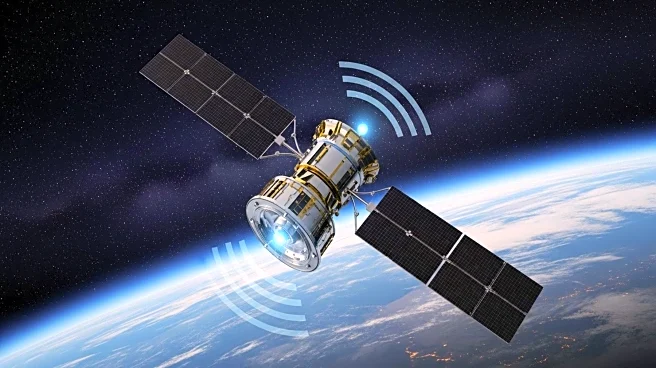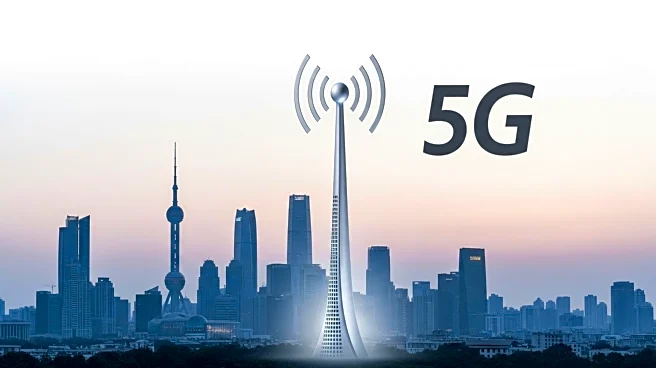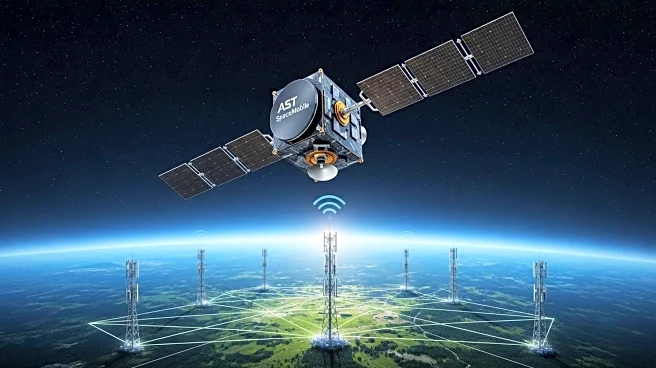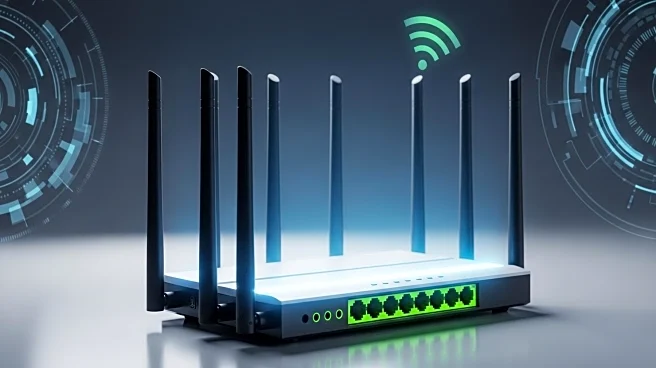What is the story about?
What's Happening?
AT&T has successfully deployed its 5G Standalone (SA) network across the United States, marking a significant advancement in its 5G and cloud evolution strategy. Unlike the Non-Standalone (NSA) 5G, which relies on existing 4G infrastructure, the SA network operates independently, offering faster uploads, lower latency, and enhanced edge-based functionalities. This rollout is part of AT&T's broader strategy to improve service delivery and introduce future capabilities such as network slicing and edge computing. The company has also expanded its reduced capability 5G (5G RedCap) network, which is designed for mid-tier and IoT devices, now covering over 200 million points of presence nationwide. AT&T's strategic moves include acquiring 50 megahertz of EchoStar's spectrum to bolster its mid-band holdings, positioning itself to compete with rivals like T-Mobile and Verizon.
Why It's Important?
The nationwide deployment of AT&T's 5G SA network is a pivotal step in the evolution of telecommunications infrastructure, potentially transforming service delivery and operational capabilities. This development is crucial for industries relying on low-latency and high-speed connectivity, such as healthcare, manufacturing, and autonomous vehicles. The introduction of cloud-native operations and AI integration into the network architecture could lead to innovative service offerings and improved customer experiences. As AT&T strengthens its spectrum holdings, it positions itself to maintain competitive advantage in the race towards 5G Advanced and 6G development, impacting the broader telecommunications landscape and consumer access to advanced technologies.
What's Next?
AT&T's focus will likely shift towards operationalizing the capabilities of its 5G SA network, including network slicing and edge-enabled applications. The company aims to leverage its cloud-native architecture to introduce new services and improve existing ones. As device support broadens, more customers will gain access to the enhanced functionalities of the SA network. The industry will watch closely as AT&T and its competitors navigate the transition to 5G Advanced and prepare for the eventual rollout of 6G technologies. Stakeholders, including device manufacturers and enterprise clients, will play a critical role in adopting and integrating these advancements into their operations.
Beyond the Headlines
The deployment of a cloud-native 5G SA network by AT&T could have long-term implications for the telecommunications industry, including shifts in business models and service delivery paradigms. The integration of AI and software-driven upgrades may lead to ethical considerations regarding data privacy and security. Additionally, the move towards virtualized network architecture could influence regulatory frameworks and industry standards, prompting discussions on the balance between innovation and consumer protection.
AI Generated Content
Do you find this article useful?













